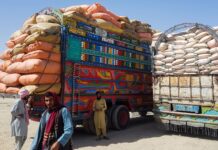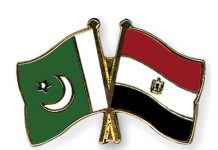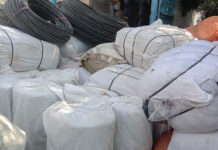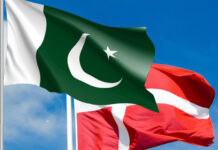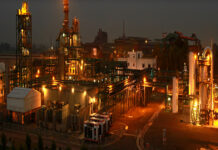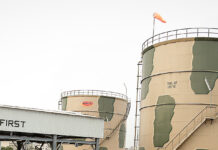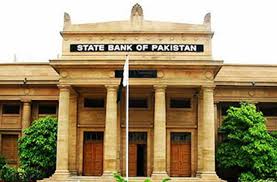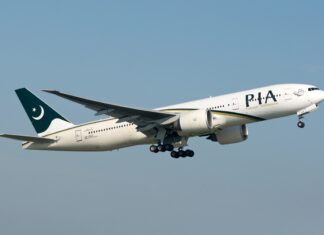The directors of the State Bank of Pakistan’s monetary policy committee on Saturday kept the policy rate unchanged at 5.75 per cent owing to the lower than expected inflation in last six months and government’s absorption of the impact of higher international oil prices.
Addressing a press conference at SBP here on Saturday, SBP Governor Ashraf Mahmood Wathra said, “The average inflation clocked in at 3.9 per cent during the first half of the year, lower than the earlier projections due to smooth supply of perishable items, stable exchange rate, and government’s absorption of the impact of higher international oil prices. The current trends suggest that the actual inflation would be lower than the target rate of 6 per cent in 2016-17.
Last time, the policy rate was changed in May 2016 since that time these rates are unchanged at 5.75 per cent.
He further informed that growing CPEC-related imports, decline in exports, absence of Coalition Support Fund (CSF) and slowdown in remittances has pushed the current account deficit to $3.6 billion in the first half of 2016-17, from $1.7 billion in the same period last year.
This higher deficit was financed by an increase in bilateral and multilateral funding along with pick up in investment flows. Overall surplus in the balance of payments stands at $0.2 billion in the first half of the current year. Going forward, with the aforementioned risks to the external sector, the need of financial inflows would grow further.
The main reason behind this shortfall is that the country did not receive single dollar in Collision Support Fund (CSF) from the US in last six months. The central bank was expecting the country would received $1.1 billion under CSF agreement.
A sizeable net retirement of government borrowing to scheduled banks and an increase in bank deposits helped increase in private sector credit. Benefiting from the historic low interest rates, private businesses are actively borrowing from the banking sector for upgrading and expanding their business processes. Private sector borrowed Rs 375 billion in first half of 2016-17 as compared to Rs 282.6 billion availed in the corresponding period of last year. Loans for fixed investments increased by Rs 134.1 billion in the first half of current fiscal year compared to an expansion of Rs 83.8 billion in the same period of last year. Demand for consumer financing, especially for auto loans, also picked pace during the first half of the year.
He said the total country’s domestic and foreign loans stood at $20.9 trillion out of which $60 billion loan is from international donor agencies.
Healthy credit expansion, along with higher production of Kharif crops, visible improvements in energy supply and upbeat business sentiments signal recuperating real economic activities. Large-scale manufacturing grew by 3.2 per cent during the first five months of the current fiscal year and further increase is expected on an account of growing infrastructure spending and recent policy support for export oriented sectors.


